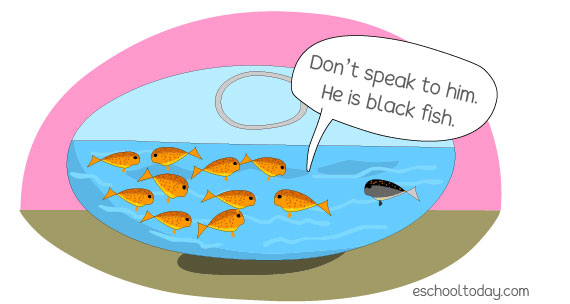- Discrimination and Prejudice
Here are a few types of discrimination:

Direct discrimination:
Probably the simplest and most common form, this kind is an unfair treatment of another person because of specific protected characteristics or perceived characteristics or their association with someone with that protected characteristic.
Indirect discrimination:
Sometimes there are laws and policies that put a person in a disadvantaged position. Such policies apply to every person in that circle (school, workplace, or community) but because of some particular characteristic that you have, the law hits you harder than others. If the policymakers can prove that they considered your characteristics and ended up with the policy with the least effect, it can be disqualified as discrimination.
Harassment:
This is an unwanted, offensive, humiliating, and intimidation act directed at you because of your age, disability, gender, race, sexual orientation, or religion. Harassment can be in the form of gestures, spoken or written words, images, or jokes.
Sexual harassment:
This is a kind of harassment, as explained above, but of sexual nature. Sexual harassment incidents often leave you degraded, humiliated, and offended. It tends to violate your dignity and makes one feel inferior in many ways. This kind of discrimination may also come with threats and promises that make you feel vulnerable.
Victimization:
This is the unfavorable treatment one receives, often as a reaction to the person’s claim of discrimination, or because the person is supporting someone’s claim of discrimination, or the person’s intentions about something. In an office setting, the person can be excluded from many activities as a punishment, until the person decides to leave the job at his own will.
DID YOU KNOW...
Protected Characteristics:
This term is simply a Code in the Equality Act 2010, a law that makes it unlawful to treat people unfairly because they belong to any of these nine characteristics: Age, Disability, Gender reassignment, Marriage, and Civil partnership, Pregnancy and maternity, Race, Religion or belief, Sex (gender) and Sexual orientation
